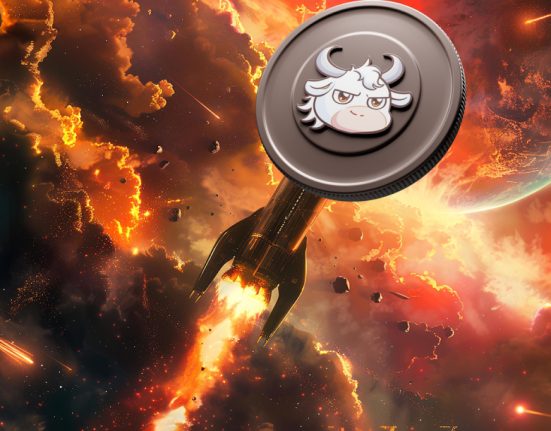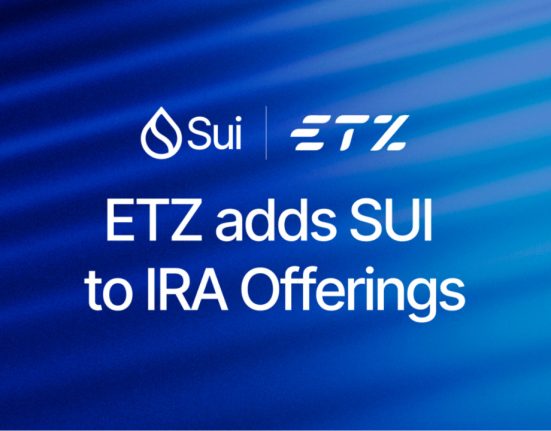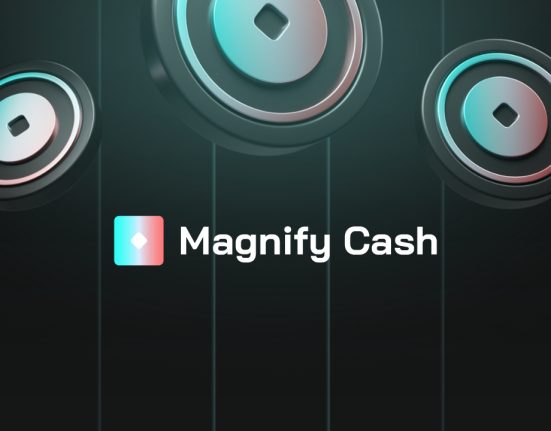The recent unravelling of decentralized autonomous organizations (DAOs) governing Hector Network on the Fantom blockchain and Parrot Protocol on Solana has cast a spotlight on the deficiencies within Web3’s celebrated governance structure. While Web3 champions the ideals of self-sovereignty, transparency, and freedom from centralized control, the practical challenges faced by these DAOs have exposed a need for innovation in governance methods.
The community behind Hector, a derivative of the Olympus DAO, made a contentious decision in mid-July to disburse its entire $16 million treasury following substantial losses incurred from a June hack and the July Multichain bridging protocol collapse. This move came after a relentless campaign by a group called Risk Free Value Raiders aimed at portraying the project as mismanaged—a strategy previously employed against other projects.
On the other hand, the team behind the crypto lending project Parrot managed to secure majority support for a proposal to utilize $50 million of their $73 million treasury to buy out token holders at a fraction of their initial investment. This proposal stirred widespread anger within the community, partly due to the release of a substantial number of unvested tokens by insiders.
The vulnerabilities of the conventional DAO structure are not limited to such mission-altering decisions. These flaws have become increasingly evident as the concept of collective governance encounters real-world challenges.
One glaring issue with majority-rule systems is their susceptibility to organized attacks, where hostile outsiders accumulate voting power and seize control for personal gain, disregarding the project’s objectives. Moreover, participatory governance relies on community involvement, which often falls short in practice. Low engagement levels among community members, driven by factors like regulatory uncertainties for institutional investors and a lack of time commitment from retail investors, pose practical obstacles to project growth and innovation.
In response, some DAOs have attempted to re-centralize certain aspects of governance, introducing “emergency override” mechanisms. However, such solutions conflict with Web3’s principles of transparency and decentralization.
The path forward lies in technological innovation, specifically, automation through smart contracts. Smart contracts can automate essential governance functions, improving efficiency while maintaining transparency. Automation can safeguard against detrimental proposals and counteract voting bottlenecks. However, the community should retain a say in determining which decisions are automated, preserving the decentralized nature of DAOs.
To enhance community engagement, DAOs can implement mechanisms like vote delegation, allowing members to delegate their votes to trusted experts. Careful design and community input are essential to prevent exploitation by malicious actors.
In conclusion, DAO governance shortcomings are a pressing challenge for Web3, but they can be addressed through smart contract automation, delegation mechanisms, and a commitment to transparency. By striking this balance, DAOs can remain fully decentralized while seizing opportunities in the ever-evolving landscape of DeFi.














